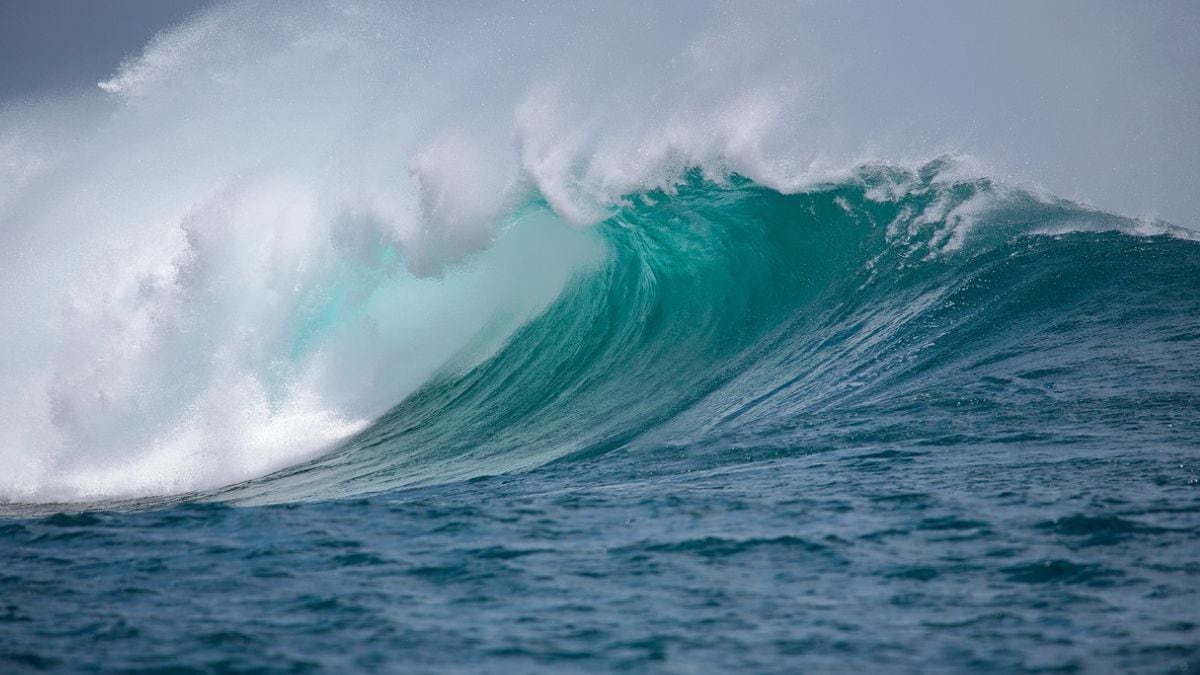Introduction
India’s space sector is currently receiving significant attention, particularly due to its ambitious mission, Gaganyaan. This pioneering initiative aims to send astronauts on a three-day journey into space, marking an important milestone for the country. However, alongside Gaganyaan, Indian scientists are also focusing on another groundbreaking project: Samudrayaan—India’s first deep-sea exploration mission. This initiative aims to send a crew deep into the ocean, thus expanding India’s capabilities in oceanographic research.
About the Samudrayaan Mission
The mission will utilize a specially designed submarine named Matsya-6000. Reports indicate that the Indian Space Research Organisation (ISRO) is developing significant modules for this mission. These modules are crucial as they will house the crew and include advanced life support systems, alongside essential equipment for deep-sea exploration.
Module Specifications
The module being constructed for Matsya-6000 is made from high-quality titanium, featuring a thickness of 80 mm. This design choice ensures the module can withstand extreme underwater pressures, withstanding depths of up to 6,000 meters below sea level. Moreover, the unique welding capabilities required for titanium construction are currently exclusive to ISRO, highlighting the organization’s advanced technical expertise in this area.
Technological Innovations at VSSC
The Vikram Sarabhai Space Center (VSSC), a prominent facility of ISRO, has been entrusted with the responsibility of developing this submarine module. To meet the technical requirements of the project, modifications were made to the existing machinery at VSSC. This adaptation demonstrates ISRO’s commitment to innovation and its ability to tackle complex engineering challenges effectively.
International Collaboration
Despite India’s progressive advancements in space and underwater technology, the country lacks the facilities necessary for comprehensive testing of these modules. To address this shortcoming, it is planned that testing will take place in St. Petersburg, Russia, with expected completion of module development in the upcoming months. Once ready, the module will be handed over to the National Institute of Ocean Technology (NIOT), which is spearheading the overall Samudrayaan mission.
Global Aspirations
If successful, India will join an elite group of nations including the United States, Russia, France, Japan, and China, all of which have conducted deep-sea missions to advance scientific knowledge about the ocean depths. This achievement would not only enhance India’s status in the global scientific community but also pave the way for future explorations in both space and ocean environments.
Conclusion
India’s efforts with the Gaganyaan and Samudrayaan missions signify a new era of exploration that combines space technology with marine research. As the world continues to explore the cosmos and the ocean depths, India’s commitment to expanding its capabilities in these fields underscores the nation’s dedication to scientific progress and international collaboration.









